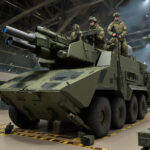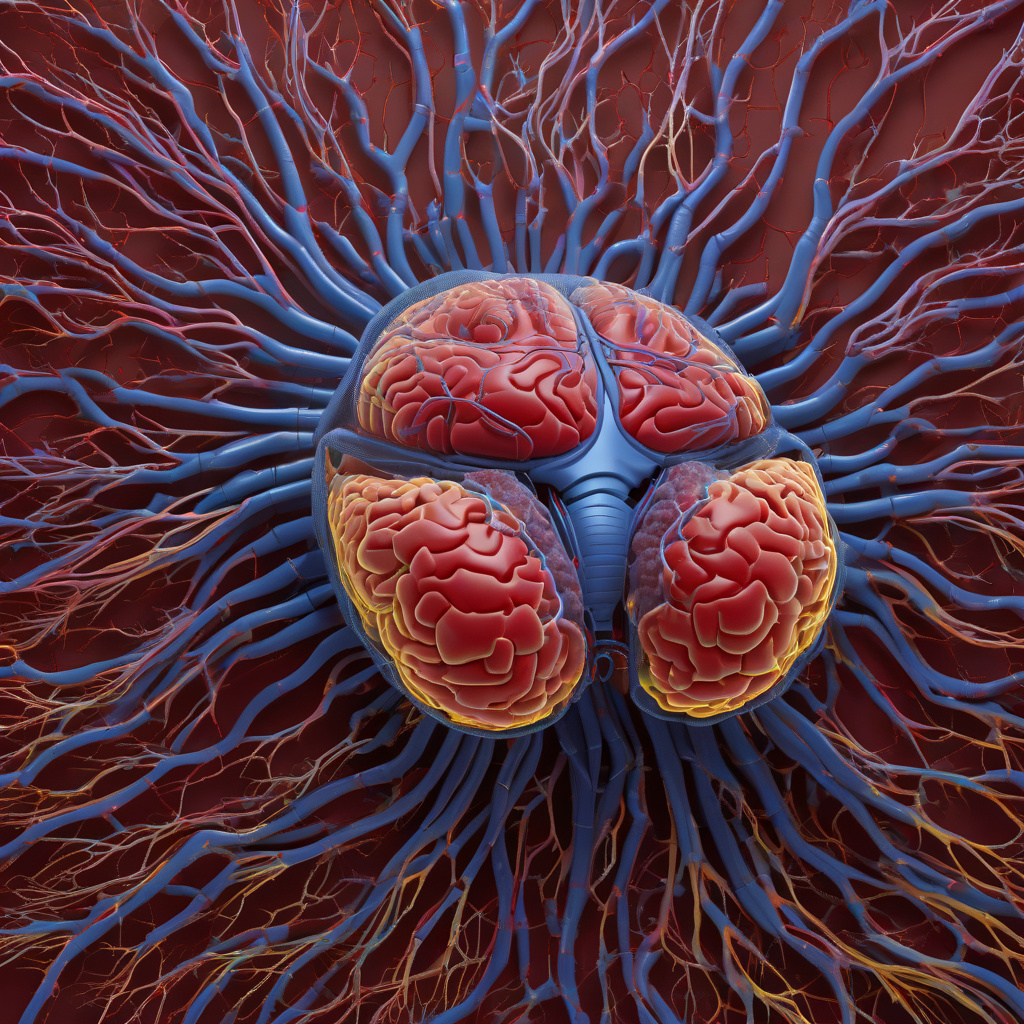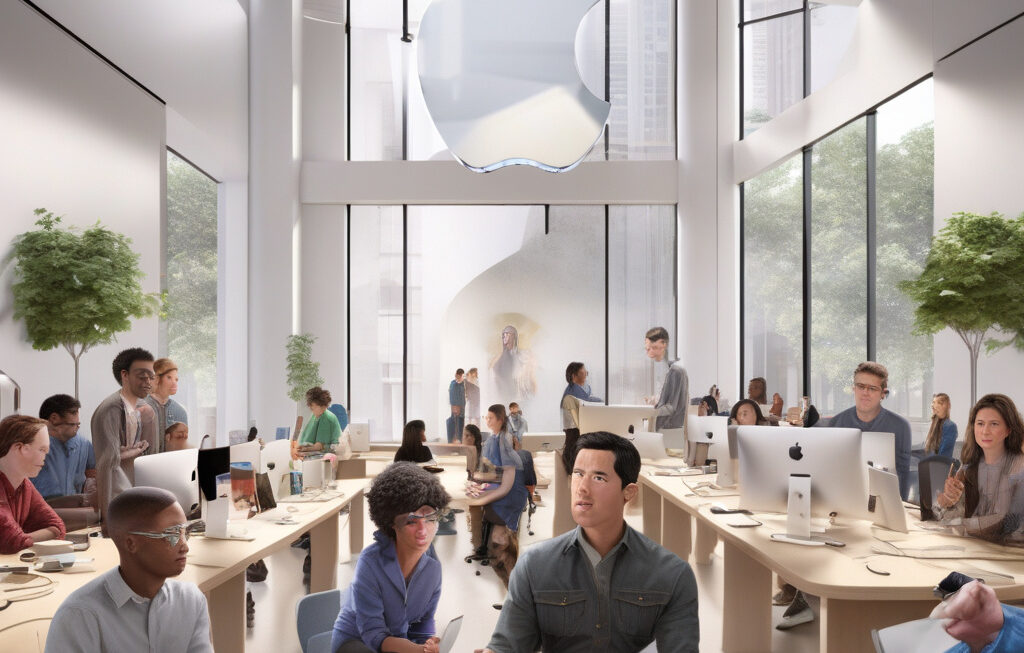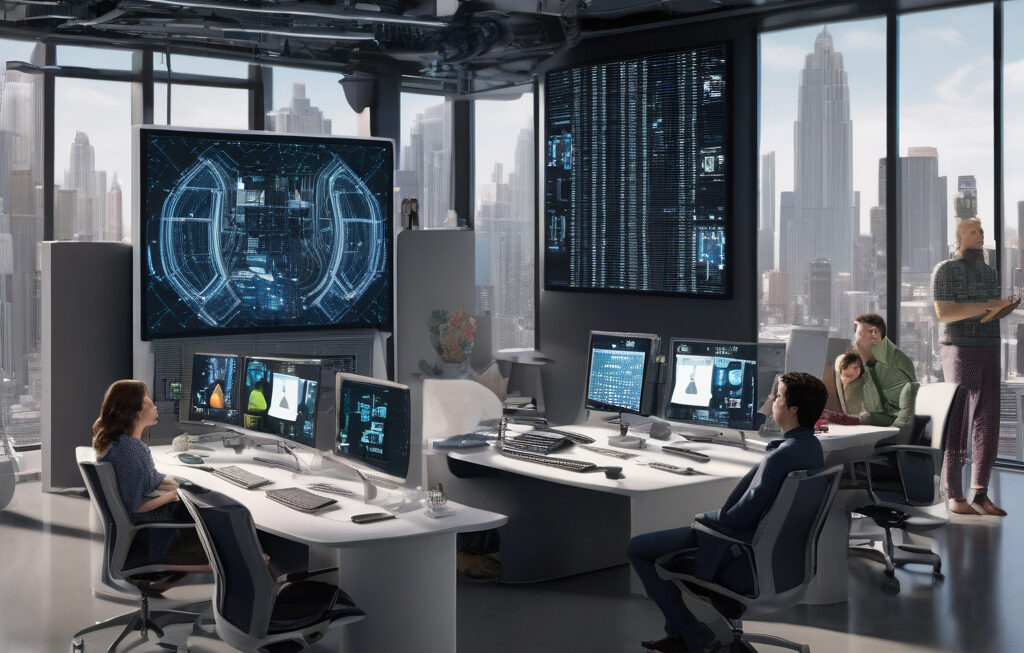Fruit Fly Brain Offers EPFL Researchers a Roadmap for Next-Gen Robotic Controllers
Swiss Federal Institute of Technology (EPFL) researchers are unraveling the secrets of the fruit fly to pave the way for the next generation of robotic controllers. By studying the complex neural circuits of these tiny insects, scientists are gaining valuable insights into how to develop more advanced and efficient robotic systems.
The fruit fly may seem like an unlikely source of inspiration for cutting-edge technology, but its brain is a marvel of efficiency and sophistication. Despite being no larger than a grain of rice, the fruit fly possesses a highly complex nervous system that allows it to perform a wide range of behaviors with remarkable precision. By understanding how the fruit fly’s brain processes information and controls its movements, researchers at EPFL are able to extract valuable principles that can be applied to the field of robotics.
One key area of focus for EPFL researchers is the concept of decentralized control, which is a hallmark of the fruit fly’s neural architecture. Unlike traditional centralized control systems, where a single unit makes decisions for the entire system, decentralized control distributes decision-making across multiple interconnected nodes. This allows for greater flexibility, robustness, and efficiency, as demonstrated by the fruit fly’s ability to navigate complex environments and respond to changing conditions in real time.
By applying the principles of decentralized control to robotic systems, researchers at EPFL are developing a new generation of controllers that are more adaptive, autonomous, and resilient. These controllers have the potential to revolutionize a wide range of industries, from manufacturing and logistics to healthcare and agriculture. For example, autonomous drones equipped with decentralized control systems could navigate crowded urban environments with ease, while self-driving cars could react to unexpected obstacles on the road more effectively.
In addition to decentralized control, EPFL researchers are also exploring the concept of embodied cognition, which posits that intelligence emerges from the interaction between an organism and its environment. By studying how the fruit fly’s brain is intricately connected to its body and surroundings, researchers are gaining valuable insights into how to design robotic systems that are more contextually aware and adaptive. This approach could lead to the development of robots that are better able to understand and respond to human intentions, making them more intuitive and easier to interact with.
Overall, the research being conducted by EPFL researchers highlights the incredible potential of bio-inspired robotics. By drawing inspiration from the natural world, scientists are able to unlock new possibilities for creating intelligent, autonomous machines that can enhance our lives in countless ways. As technology continues to advance at a rapid pace, the lessons learned from the humble fruit fly’s brain are proving to be invaluable in shaping the future of robotics.
In conclusion, the fruit fly may be small, but its brain is offering big insights to EPFL researchers as they work towards developing the next generation of robotic controllers. By studying the decentralized control and embodied cognition principles of these tiny insects, scientists are laying the groundwork for a future where robots are not just intelligent, but also adaptable, efficient, and intuitive. The possibilities are endless, and the fruit fly’s brain is lighting the way towards a more innovative and exciting era of robotics.
EPFL, Fruit Fly, Robotic Controllers, Bio-Inspired Robotics, Decentralized Control












